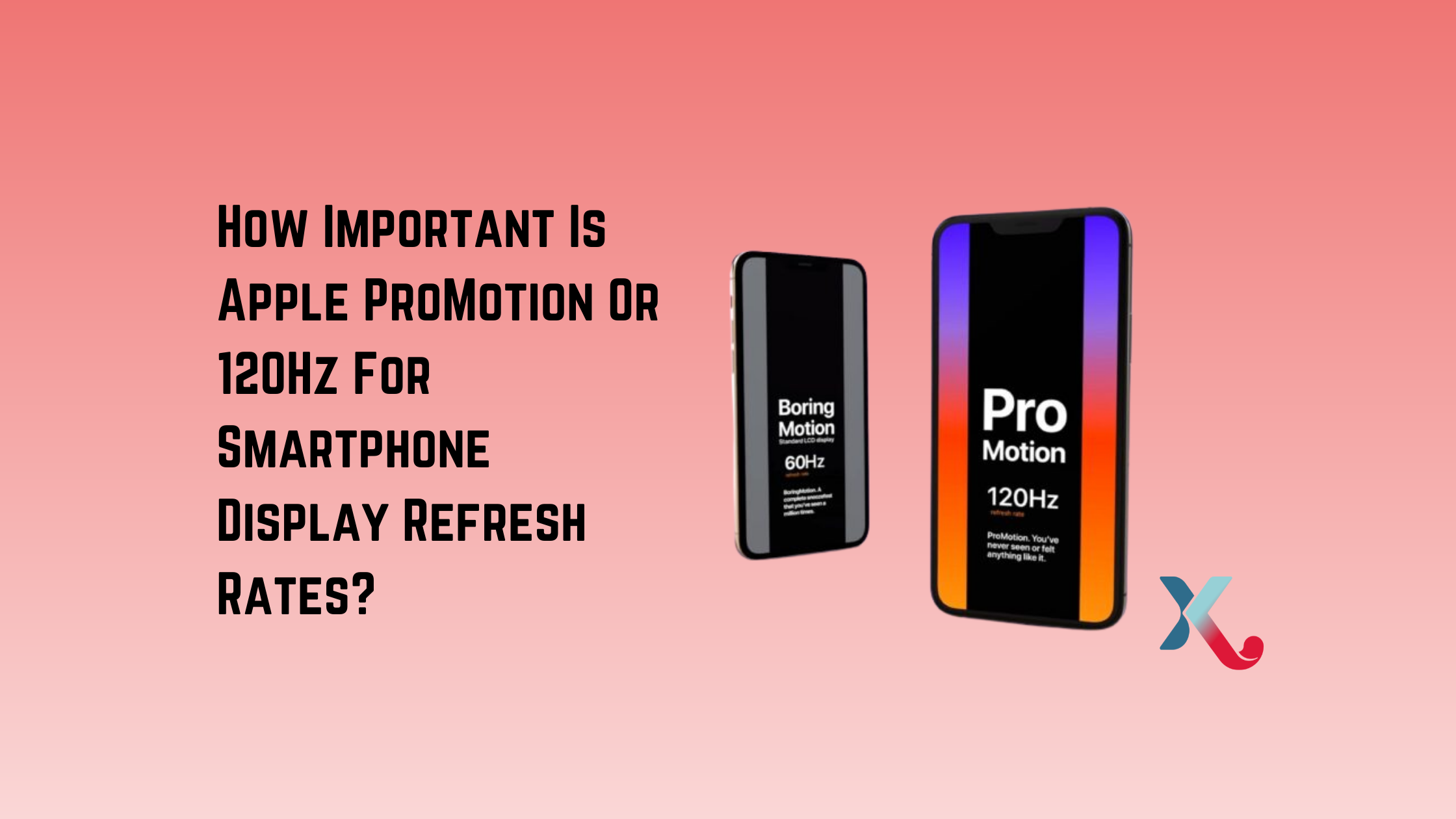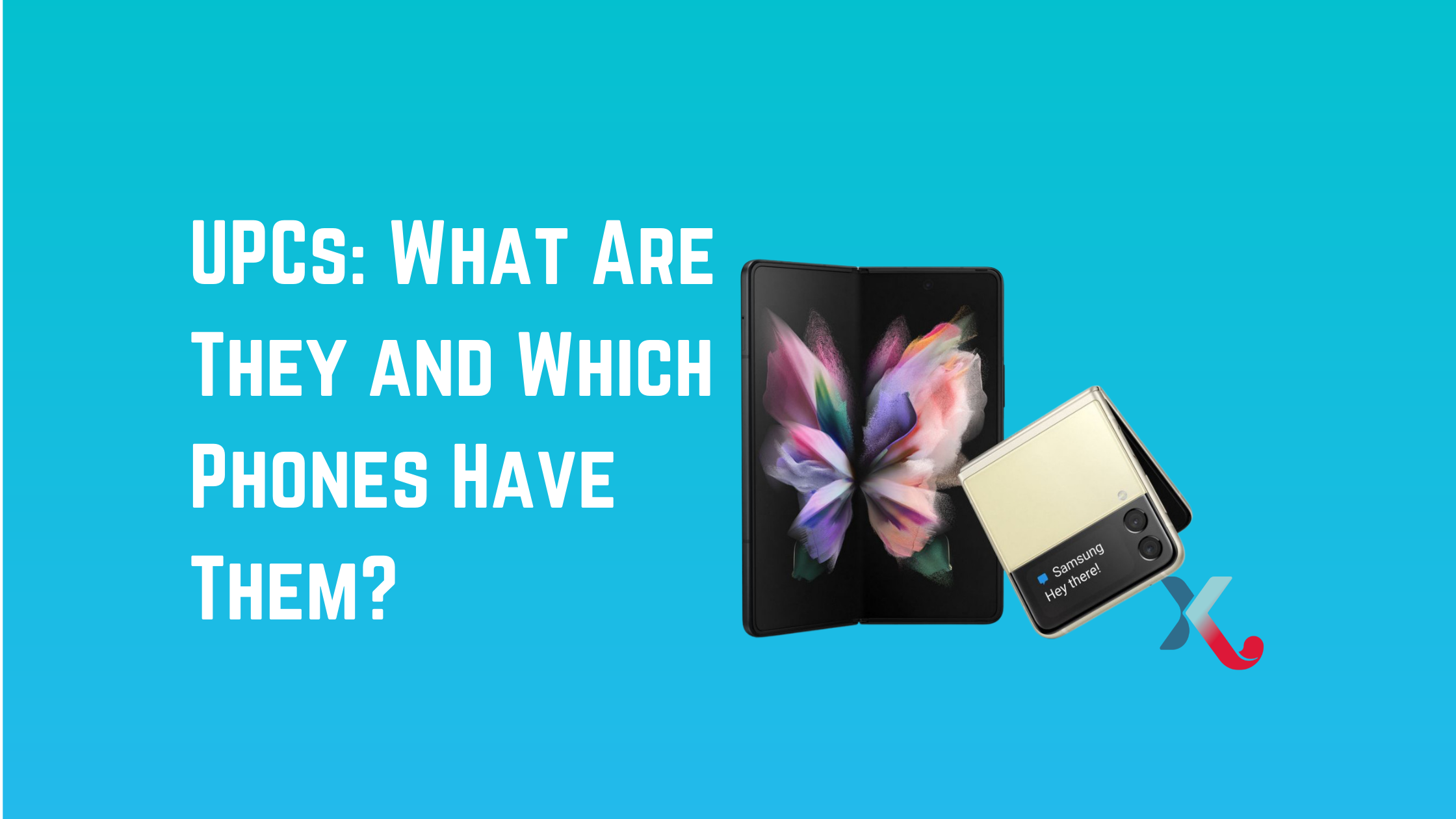The Samsung Galaxy S20 is arriving soon in the UK, bringing with it 5G compatibility, the latest Exynos 990 processor and better cameras than ever before. However, I’m most excited about this phone’s new screen. It’s edge-to-edge, with a smaller camera cutout than last year’s Galaxy S phones, and supports HDR10+ content from a range of video streaming services – and I haven’t even mentioned the best part. These are Samsung’s first phones to ship with high refresh rate displays, bringing new levels of responsiveness to apps, games and the phone at large. It’s a much bigger upgrade than a simple bump to screen resolution, and could transform how you use this phone – so let’s take a look at how it works and where it’s useful.
Let’s start with a simple specification that defines the refresh rate of the Samsung Galaxy S20: 120Hz. That means the phone’s screen is redrawn 120 times per second, exactly twice as fast as you’d expect from an ordinary smartphone, television or monitor. Because the screen is refreshing so much faster, there’s a much smaller delay between an action being performed (like scrolling or tapping) and the results of that action hitting your eyeballs.
Making Animations Smoother
Things also just look smoother. Imagine you have a flip book and you want to draw a series of images that show a cat jumping in the air. If you have four pages in your flip book, you might decide to have one with the cat on the ground, one with the cat leaping up, one with the cat falling down and one with the cat landing. Now imagine instead of having four pages, you have forty pages to work with. You follow the same structure – grounded, leaping, falling and landing – but you can fill in the gaps between the four pictures you had before, showing how the cat’s limbs move as it launches, how its body reacts to the jump as it leaves the ground, how it prepares to land once it starts falling, how it absorbs the impact when returning to the earth. By packing in this extra information, you get a more fluid representation of your scene.
It’s the same idea with a high refresh rate display: by showing 120 images in a second rather than 60, there’s less of a jump between each frame, so motion looks more realistic and animations look buttery smooth as they play out.
So why haven’t phones always come with high refresh rate screens if they’re so brilliant? Well, this display technology has only recently been developed. High refresh rate screens first appeared in LCD computer monitors around 2010, and were quickly adopted by gamers looking for a competitive advantage, but it took almost a decade before high refresh rate displays reached mobile. The Razer Phone launched in 2017 with the first 120Hz display and the iPad Pro sported a 90Hz “ProMotion” screen the same year.
We’ve seen similar high refresh rate screens from the likes of OnePlus, Google and ASUS over the past year, but the Galaxy S20 will be the first mass-market phone to sport the technology – and thanks to its next-generation processor, it should offer better performance than its peers, meaning higher frame-rates to better take advantage of that screen in games. The Samsung Galaxy S is always a very solid phone in almost every category, so having a 120Hz screen without sacrificing camera quality, battery life and so on is quite novel!

Best for Gaming
All of this is exciting stuff. As well as making animations smoother, as we covered earlier, and making the screen more responsive to your touch, high refresh rate screens are great for gaming. If your phone is powerful enough to run an Android game at higher frame-rates than 60fps, and the game supports running at an unlocked frame-rate, then you will get a much more fluid experience. The increased temporal resolution – that extra information packed into each second’s worth of screen refreshes – makes it easier to track fast-moving targets, like the ball in a tennis game or an enemy in a shooter. You also get that information sooner, which gives you a head start on reacting to something happening in game (like an incoming rocket, for example).
High refresh rate displays are incredibly popular amongst PC gamers for these reasons, and should become mainstream on console with the next generation PlayStation 5 and Xbox Series X arriving at the tail end of this year. It wouldn’t be surprising to see mobile gamers adopting high refresh rate phones for the same reasons – that smoothness can be an important competitive advantage for multiplayer games, and just feels good too.
One important thing to keep in mind is that that not all games support high refresh rate screens like the Galaxy S20’s. Some run locked to a certain frame-rate, like 30 or 60fps, while others may just be too demanding to run at the full 120fps. Android Police have published a list of games with high refresh rate support here, including dozens of popular titles like Auto Chess, Dead Trigger 2, Dota Underlords, Mortal Kombat, Shadowgun Legends and Vainglory.
Galaxy S20 Supports High Frame Rate Video
Finally, the 120Hz screen on the Galaxy S20 should also support high frame rate video, up to 120 frames per second. This isn’t very useful right now – unless you’re recording your own gameplay videos on a PC and want to play them on mobile – but it could be a nice feature for the future. For example, high refresh rate Twitch or YouTube streams could make watching competitive esports feel much more fluid. You could imagine high refresh rate video could be good for sports, too, and there have been a few high refresh rate movies like Gemini Man released recently as well.
More useful is the fact that 120Hz screens are better at playing back 24fps content than standard 60Hz screens, because 24 divides evenly into 120 but not into 60. That means 24fps content, like the vast majority of cinema, will play back correctly, avoiding the jerky playback on 60Hz screens that can become noticeable in scenes with camera movement.
So that’s why I’m excited about the 120Hz refresh rate screen of the Samsung Galaxy S20. While the high refresh rate does have a cost, namely a slight reduction to battery life, the advantages to fluidity both in and out of games make this feature incredibly worthwhile. It’s also a nice future-proofing measure, as high refresh rate content should become even more widespread in the future as data speeds increase and high refresh rate screens become the new standard. Be careful though – after trying a high refresh rate 120Hz display, it may be difficult to go back to a standard 60Hz screen!
Remember, for the best price possible, recycle your old phone with NIX and sign-up to our Premium Membership at NIX.

